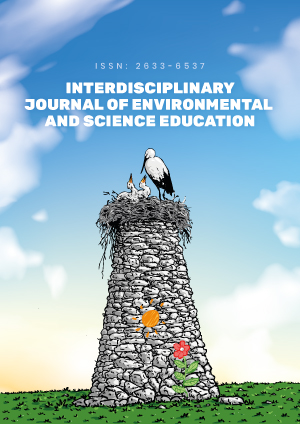Abstract
Urban community gardens are often home to a variety of environmental education programs. One such program centered in a community garden is the Youth Internship Program created by The Green Thumb Project. Through mixed methods techniques and a case study approach, the Youth Internship Program’s immediate outcomes were evaluated by assessing 12 participants’ changes in career preparedness skills, healthy living attitudes, and content knowledge after participating in the eight-week long curriculum. Outcomes were assessed through the lens of situated learning theory and its relation to place-based environmental education. Through analysis of the quantitative and qualitative data, results indicated that the Youth Internship Program was effective in positively changing all interns’ skills, attitudes, and knowledge. Linear regressions showed that skills, attitudes, and knowledge had significant positive relationships with one another. This finding indicated that the themes were interconnected and that learning gains in one area helped interns experience gains in another area. Overall, the data demonstrated that the program was effective in helping interns grow personally, professionally, and academically.
License
This is an open access article distributed under the Creative Commons Attribution License which permits unrestricted use, distribution, and reproduction in any medium, provided the original work is properly cited.
Article Type: Research Article
INTERDISCIP J ENV SCI ED, Volume 18, Issue 4, 2022, Article No: e2300
https://doi.org/10.21601/ijese/12379
Publication date: 19 Aug 2022
Article Views: 3547
Article Downloads: 2514
Open Access References How to cite this article
 Full Text (PDF)
Full Text (PDF)